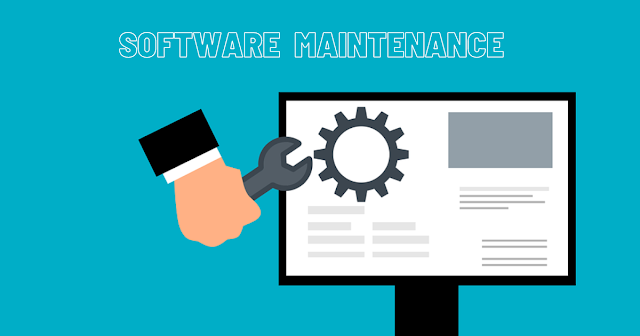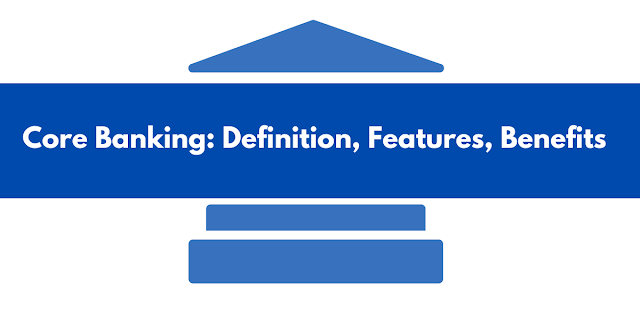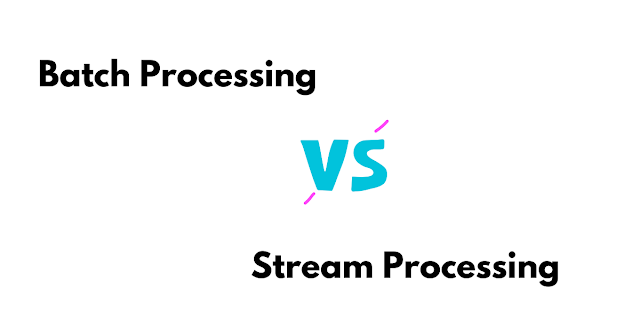Software Maintenance Process - Everything You Should Know
The most common misconception about the software development life cycle is that it ends after deployment. However, Software Maintenance is another important phase to consider after deployment.
Software maintenance is the process that involves updating the software according to the user’s needs and requirements. It makes sure that software is delivering the expected performance and has the updated policies, experience & technology. In this blog, we will explore what are different types of software maintenance and why Software maintenance is important.
Types of Software Maintenance
Software maintenance has mainly four categories:
Corrective Maintenance
It helps to rectify the bugs in the system to enhance the system's performance. It involves releasing minor updates frequently to resolve the bugs.
Adaptive Maintenance
It deals with updating and modifying the software product as per the customer's requirements. This happens when the client wants to run the product on a new platform or operating system. It also includes the requirements when the client wants a product to interface with the new software or hardware.
Preventive Maintenance
This type of maintenance is required when the changes or updates are related by avoiding the errors in future. In this, the focus is on the bugs that are not important but may raise issues in the future. All the software maintenance services providers pay attention to this testing type efficiently.
Perfective Maintenance
It is geared towards supporting the user experience. This includes adding new features to the software as per the client's requirements. It also focuses on altering the current functionalities by removing, improving, or inserting new features to the software effectively to keep the software efficiency intact.
Importance of Software Maintenance
The following are the main reasons why software maintenance is important:
Fix Bugs
The correct operation of the software is hampered by bugs. They might be connected to the hardware, the operating system, or any other component of the software.
The process of software maintenance aids in finding and fixing bugs. It pinpoints the underlying reasons so that they can be appropriately treated. Additionally, it guarantees better performance and proper operation of all software components.
Improves Performance
A default within the software interferes with the software. Thus, it resolves the defect identified in the software. You could also conduct the testing again to find the defects. The testing can be manual or automatic. So, if you want to improve the performance of your software then software maintenance is the key to keeping it high-performing.
Enhance Capabilities of the Software
Software maintenance ensures to make improvements in the working environment of the software. While maintaining different features can be integrated into the software to enhance compliance, work patterns, and hardware compatibility.
Remove Outdated Functions
Irrelevant features of the software product reduces the efficiency of the software. Instead you can enhance or update the current features or add some more relevant features according to the changing requirements of the users. So, it is always recommended to replace your software’s outdated features with the updated or new features.
Conclusion
Software maintenance is the most important phase to ensure the software keeps working after deployment. It not only helps to detect and resolve the bugs in the software but also helps the dev team to make some updates to enhance the user experience. Lastly, it ensures that the software is effective and maintains quality in the long run.
Suggested Read: Stages of Software Development Life cycle



Comments